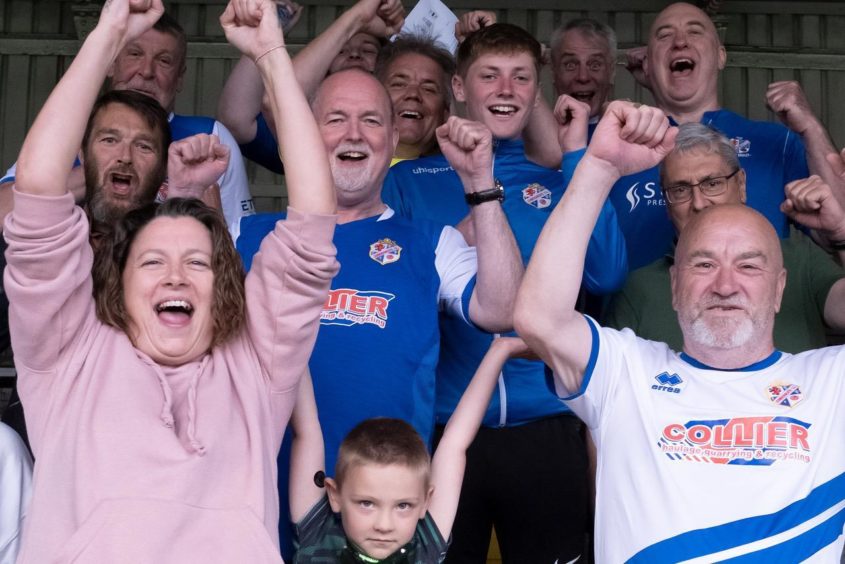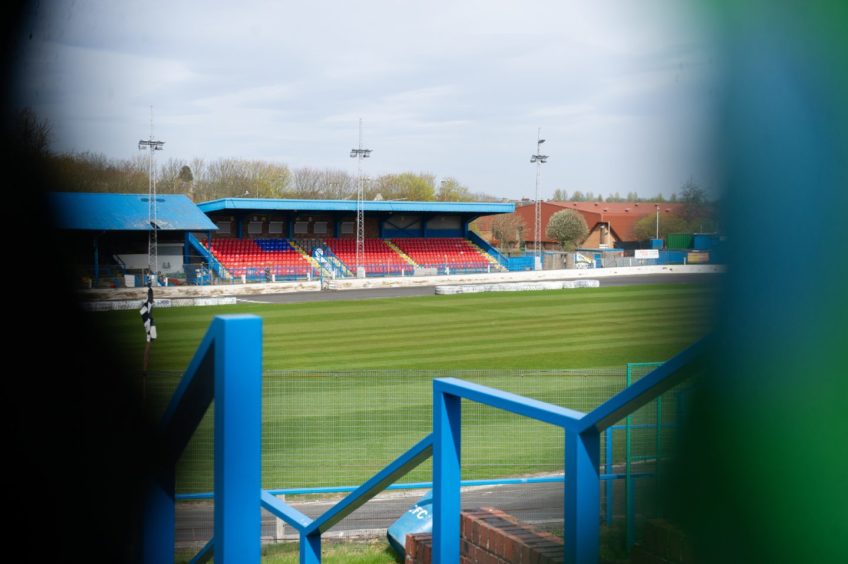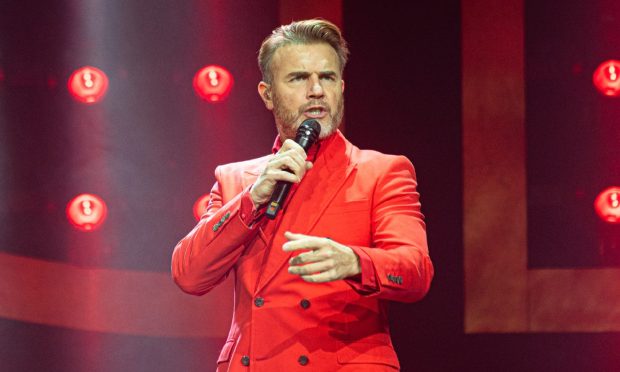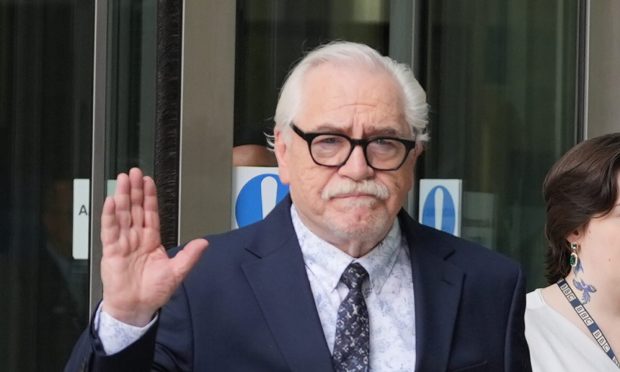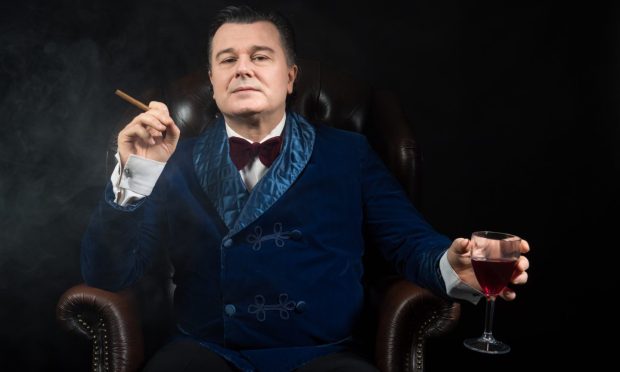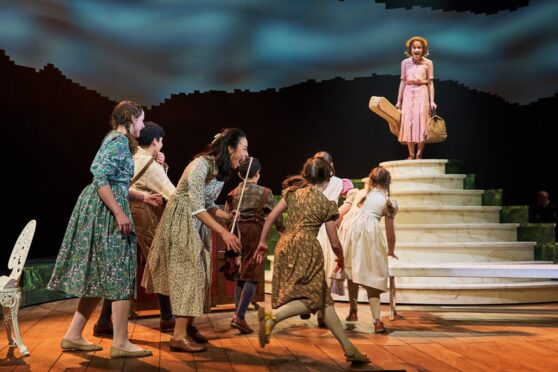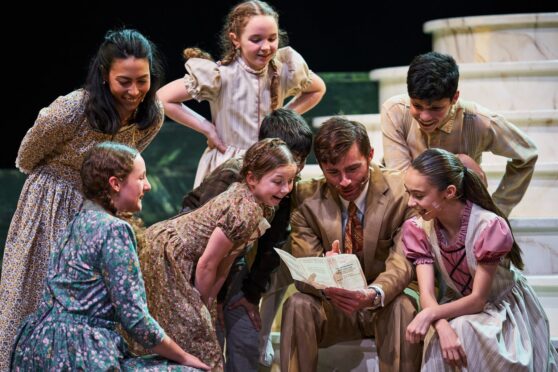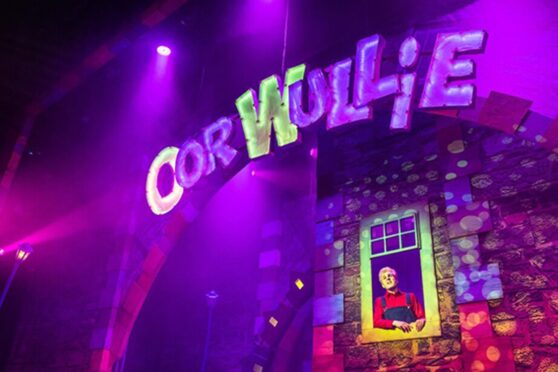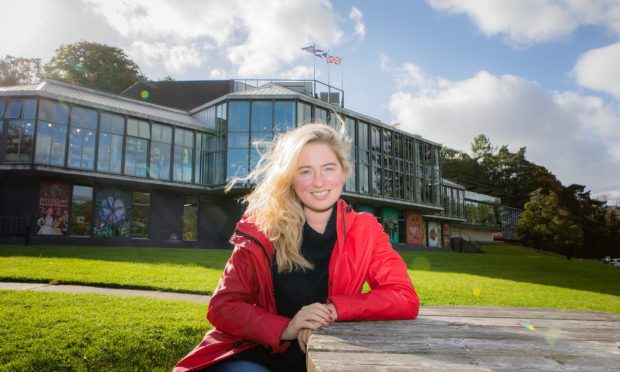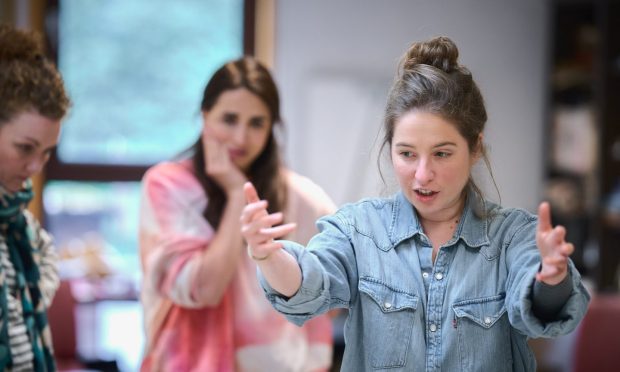“There’s probably a lot of people who would now testify that it’s easy to get caught up in a great sporting moment,” says playwright Gary McNair, with his thoughts on the way Euro 2020 recently captured the imagination of a continent.
For his latest play, however – presented as an audio work this weekend through Pitlochry Festival Theatre and Edinburgh Royal Lyceum’s Sound Stage series – McNair has chosen a tale which sits near the opposite end of the football pyramid to Euro glory dreams.
First published in 1993, Ron Ferguson’s Black Diamonds and the Blue Brazil is a cult classic of Scottish football writing.
A chronicle of a season following Cowdenbeath FC against the backdrop of the mining industry’s decline in the south of Fife, it went all but unnoticed at the time, but has since built a powerful reputation.
The most recent edition features introduction by former Scotland manager Craig Brown, former Dunfermline manager Jim Leishman and Sir Alex Ferguson, who called it “a terrific read.” Introduced to the book when he was asked to consider adapting it by the Lyceum’s artistic director David Greig, McNair fell for it too.
“I don’t follow a team or watch football every Saturday, but I do love a sports story,” says McNair.
“I love when someone can write about sport in a way that makes me feel connected to the world through it, the way I do when I listen to a science podcast, for example.
“When I read Ron’s book I felt exactly the same, but it also had this wonderful personal element.
“It has the connection to the town’s history, and the way the club plays such a vital role in that town, even with the decline of King Coal.
“It’s a very human book, and I’d never seen a sports story that was just about how you keep going with something when you relentlessly lose. I found that insatiably appealing.”
A former reporter for local newspapers in Fife and Edinburgh, and a columnist for papers including the Sunday Post, Ferguson became a church minister in the 1970s and was minister at St Magnus’ Cathedral in Orkney when he retired in the 2000s.
His love for his hometown club endures to this day, though – Black Diamonds’ sequel Football Dreams told of Cowdenbeath’s 2006 Third Division win, their first title at any level in 67 years.
Creating a drama
While there’s a wonderfully detailed, journalistic quality to both books, McNair’s job is to create a piece of drama from them, so he’s invented a character called Sally, who’s come home from America to Cowdenbeath to settle some family issues.
“I want to talk about the things that matter, but I’m not smart enough to write a lecture,” says McNair.
“The only way I can get to that place is through humour, so if I can make people laugh for a while, then maybe I’ll get them to think or cry or whatever.
“Although the character is dealing with loss, she’s come back from this exciting life in America, and looking at this world she’s left behind with fresh eyes is instantly a route to humour.”
Hanging on to what matters
A Glaswegian who has written plays about his youthful love of Morrissey and his grandfather’s gambling exploits, McNair feels tuned into where Ferguson’s coming from.
“For me, (the book) was about hanging onto something that matters to you,” he says. “Living in Glasgow, a post-industrial city, part of your identity is in the past.
“You know what it is to live in the shadow of an industry that’s gone, and you see that much more clearly when it’s a small town that’s industry really drove it and built it.
Sport for identity
“There’s a line in the book where Ron says something like, ‘as our shouts eerily bounce around the stadium, I wonder if we’re just more echoes of the past’.
“It’s about sport for survival of identity rather than the chase of success. Even though (Cowdenbeath fans) know they’re never going to win the Scottish Cup, I’d thought, are they in some delusional state where they think they might?
“Actually, this book makes you realise it’s something much more connected to the philosophy of life.
‘Mad Cowdenbeath Disease’
“It’s not about being validated through winning loads of trophies, it’s about identity and community.
“Which sounds trite, but the great thing about the book is, Ron’s as perplexed about it as anyone else – he talks about having Mad Cowdenbeath Disease.
Life can feel like that, though. You’re not always winning the big contract or promotion, but it’s about how you survive and keep at it, away from the highs.”
- Black Diamonds and the Blue Brazil can be heard as part of Pitlochry Festival Theatre and Edinburgh Royal Lyceum’s Sound Stage from Juley 23 until July 25. www.pitlochryfestivaltheatre.com, www.lyceum.org.uk

